Deck & Commander Strategies
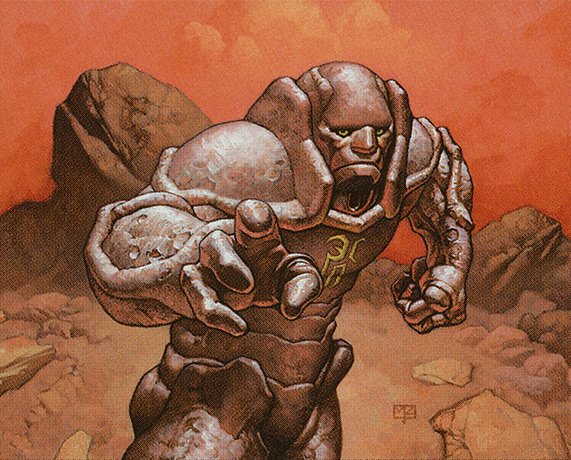
Karn, Silver Golem
Deploy an efficient army of golems by leveraging artifact synergies and cheap artifact creatures, utilizing uniquely named lands and artifact mana sources to accelerate board development.
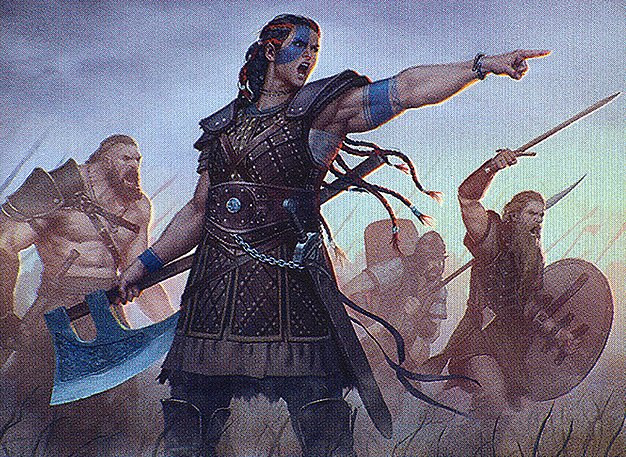
Saskia the Unyielding
Lead a Samurai tribal deck focused on aggressive combat and the Bushido mechanic, using combat damage redirection and a hidden combo to disrupt opponents and control the battlefield.
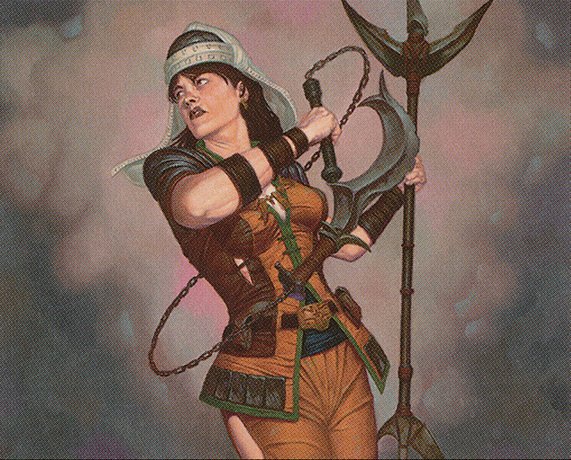
Lin Sivvi, Defiant Hero
Utilize Rebel tribal synergies and recursion to maintain board presence, applying pressure through synergistic Rebel creatures and resilient threats.
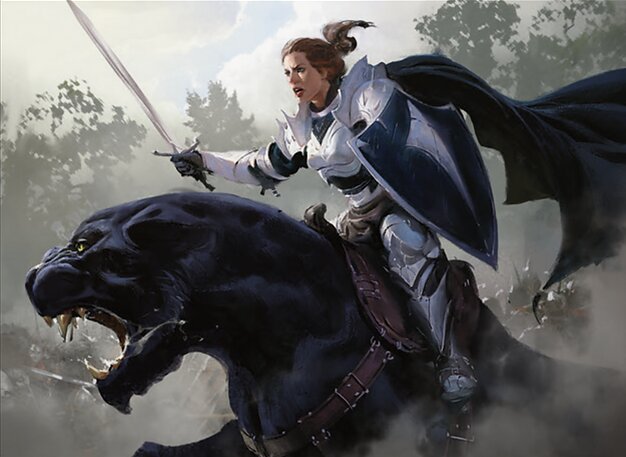
Aryel, Knight of Windgrace
Build a Knight tribal deck centered on graveyard recursion and recurring creature threats, using Aryel’s ability to generate value and outlast opponents with resilient knight creatures.
Gameplay Insights
- 1
Saskia's player used her commander’s ability to target opponents with Mishra's Workshop, aiming to disrupt their mana advantage and slow down artifact-heavy strategies.
- 2
Aryel's deck incorporated graveyard recursion to maintain a steady flow of knight creatures, enhancing board resilience against removal.
- 3
Karn’s deck relied on a high count of uniquely named lands to maximize colorless mana sources, crucial for casting artifact creatures efficiently.
- 4
Players leveraged off-color fetch lands and snow-covered lands for mana fixing and denying ramp to opponents, showcasing nuanced mana base construction in tribal decks.
- 5
A hidden samurai combo was planned to influence the board state significantly, demonstrating the deck’s potential for sudden impactful plays.
Notable Cards
-
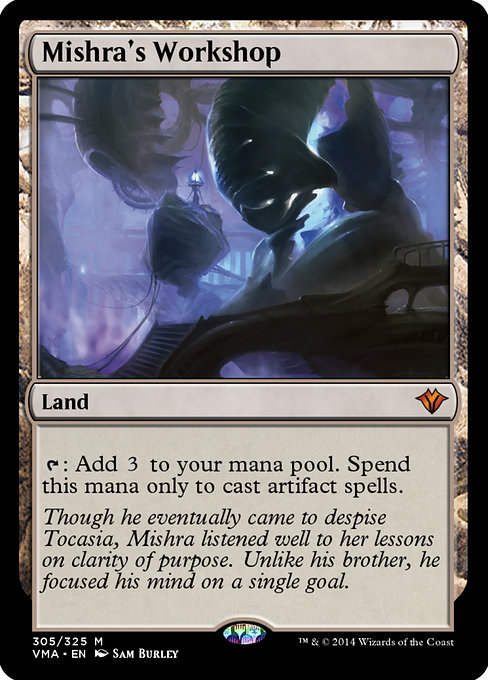
Mishra's Workshop
-
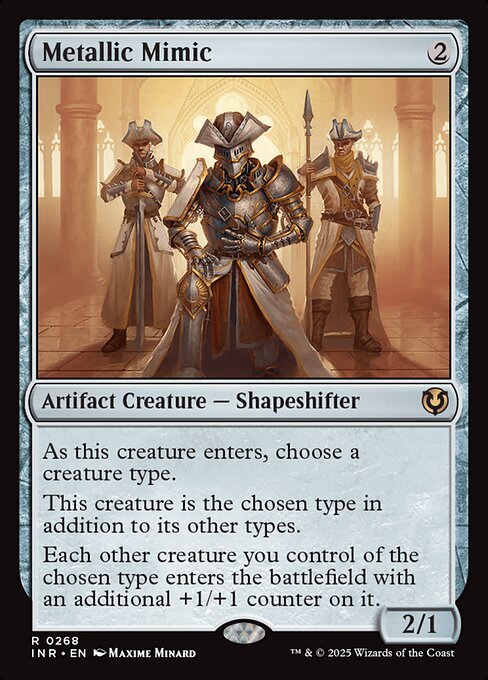
Metallic Mimic
-
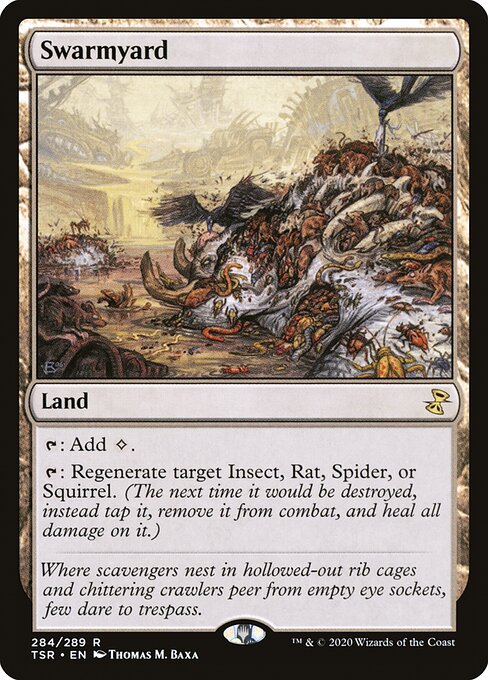
Swarmyard
-
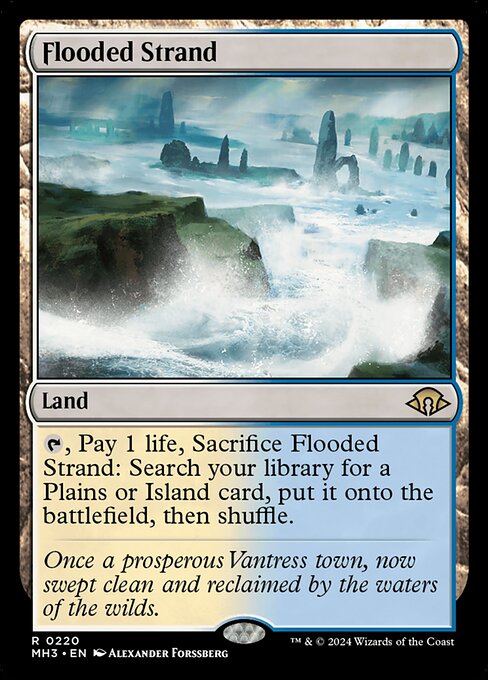
Flooded Strand
-

Wayfarer's Bauble
Gameplay Summary
The game featured a four-player tribal battle with decks led by Karn, Silver Golem (Golems), Saskia the Unyielding (Samurai), Lin Sivvi, Defiant Hero (Rebels), and Aryel, Knight of Windgrace (Knights).
Early turns focused on mana development and setting up tribal synergies, with players actively leveraging their commanders' unique abilities to establish board presence.
Karn's artifact-centric Golem deck aimed to deploy cheap golems efficiently, while Saskia targeted aggressive combat with Bushido-themed samurai creatures.
Lin Sivvi facilitated Rebel tribal tactics with a focus on synergy and recursion, and Aryel focused on graveyard interactions and recurring knight creatures to build a resilient board state.
Key moments included Saskia pointing out Mishra's Workshop as a critical mana source, leading to tactical targeting and interaction around resource denial.
Aryel's deck utilized graveyard shenanigans and recurring threats to maintain pressure, while Karn's deck leveraged artifact lands and a variety of uniquely named lands for colorless mana advantage.
The game featured strategic land naming, mana fixing challenges, and tribal combat skirmishes that tested players' ability to adapt to shifting board states.
Throughout, players emphasized tribal identity and synergy, with the Samurai deck planning a lesser-known combo to disrupt opponents and the Knights aiming to generate value through recurring creatures.
The samurai player also showcased savvy land interaction tactics to disrupt opponents' mana bases.
The match’s outcome hinged on maintaining tribal cohesion and exploiting tribal synergies to overwhelm opponents, highlighting the dynamic interplay of tribal themes in multiplayer EDH.

















![Commander VS S1E6: ??? vs ??? vs ??? vs ??? [MTG Multiplayer] thumbnail](https://i.ytimg.com/vi/Zdk_0-b6KmE/sddefault.jpg)









![Commander VS S12E7: ??? vs ??? vs ??? vs ??? [EDH] thumbnail](https://i.ytimg.com/vi/RtpgM-nfHno/sddefault.jpg)





